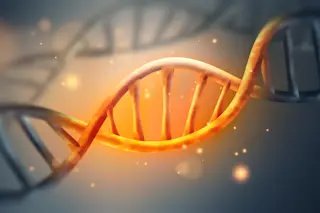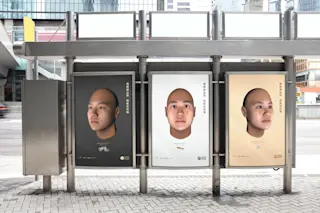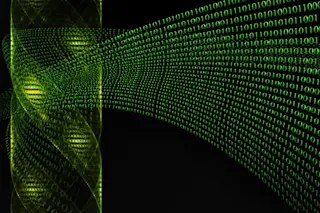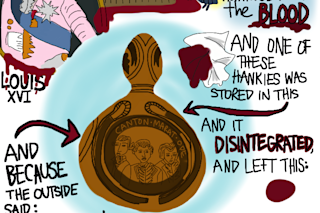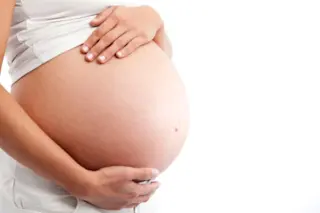(Credit: Shriver Claes/Penn State) Putting pencil to paper has been the tried-and-true method to illustrate the faces of wanted criminals, but new technology is changing this traditional approach. DNA, rather than an artist's skill, is an emerging tool to recreate the face behind a crime. The new forensic technique is called DNA phenotyping. It relies on DNA, found for instance in a drop of blood, to create a simulated face based upon genetic markers. Although the science still has room to grow, start-up companies in the United States are already producing DNA-based sketches to assist police departments in criminal investigations.
One of the leaders in this growing field of research is Penn State University’s Mark Shriver. In a study published in PLOS Genetics, Shriver’s team detailed the process. First they compiled a list of known genetic mutations that cause facial and cranial deformations, because these genes, in their normal variations, ...



